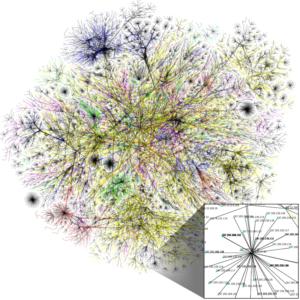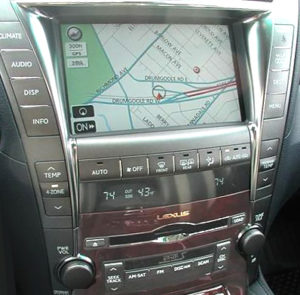 Technology is evolving so rapidly it has become an integral component of everyday life and having uninterrupted connectivity is necessary, even while driving. In fact, analysts predict that by 2016 in-vehicle connectivity and basic online content will become critical buying factors, even if a little while ago, drivers have resisted paying extra for in-vehicle connected services, either not understanding the new technologies or simply seeing little value in them.
Technology is evolving so rapidly it has become an integral component of everyday life and having uninterrupted connectivity is necessary, even while driving. In fact, analysts predict that by 2016 in-vehicle connectivity and basic online content will become critical buying factors, even if a little while ago, drivers have resisted paying extra for in-vehicle connected services, either not understanding the new technologies or simply seeing little value in them.
It is likely that drivers of the next generation might want their cars to act as smartphones and to remain connected and productive while on the go. Fully connected vehicles will be considered among the most beneficial futuristic technologies so that consumers are ready to pay a considerable amount for a vehicle that meets all their technology needs and wants.
Auto industry therefore seems to be on the brink of a revolution and the Internet of Things has to be considered as one of the main drivers of innovation in the  automotive sector.
automotive sector.
With IoT applications all kind of objects, from wristwatches to road signs, can be not only connected but also “smart.” And both industry insiders and everyday drivers will soon see a fundamentally different world of mobility.
As a result, automakers are increasingly turning to leading technology companies, such as Intel, to explore new ways to inform, entertain and assist drivers and to create a safer and more enjoyable driving experience.
Intel, for example, is partner with the automotive industry to apply its technology and expertise to the development of innovative applications and services, helping automakers speed time-to-market, and more quickly adapt to changing consumer demand. Its significant investments in automotive engineering capabilities also support new projects aimed at making roads safer and gaining knowledge about the safest and most intuitive way for drivers to interact with their vehicles.
 Advanced sensing, computation and interconnected data will have revolutionary changes on the way people travel with their cars and with each other, easeing the burden of driving.
Advanced sensing, computation and interconnected data will have revolutionary changes on the way people travel with their cars and with each other, easeing the burden of driving.
As ever, new opportunities bring fresh challenges. As IoT technologies and services transform the automobile, the auto-industry ecosystem is witnessing a constant influx of new players, stakeholders and strategic partnerships.
Automakers, in order to strengthen their position, should accept new capabilities that need to either be built internally or acquired externally and working closely with technology providers to integrate development processes and software-driven feature rollouts and updates.